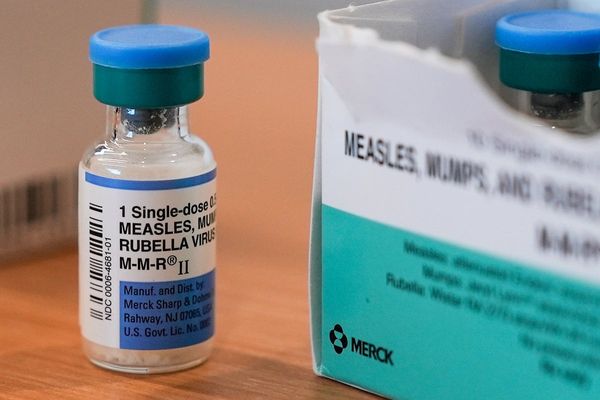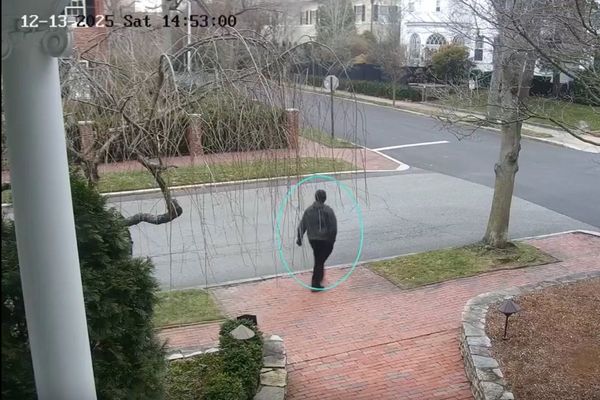
As the conflict between Israel and Iran intensifies, air strikes on Iran’s nuclear sites could have serious health consequences across the region.
Monitoring groups have not yet documented any such impact. On Monday, the International Atomic Energy Agency (IAEA), the United Nations’ nuclear watchdog, said it had not identified radiation leaks as a result of Israeli strikes that began Friday and have killed hundreds of people in Iran.
But that could change quickly as the attacks continue.
Tedros Adhanom Ghebreyesus, chief of the World Health Organization (WHO) said Tuesday that he is worried about “the targeting of nuclear sites, which may have immediate and long-term impacts on the environment and health of people in Iran and across the region”.
Not all strikes on nuclear facilities would be the same, and an Israeli military official has said their forces plan to minimise the risk of a nuclear disaster and the consequences for civilians.
“There are gradients of risk,” Simon Bennett, who leads the civil safety and security unit at the University of Leicester in the UK and wrote a book on wartime risks to nuclear facilities, told Euronews Health.
A successful attack on a live nuclear reactor would be the most devastating to human health, spreading radioactive materials that could endanger people hundreds of kilometres away.
But Iran’s only commercial nuclear power plant, the Bushehr plant, has not been targeted or affected by the recent attacks, according to the IAEA.
Strikes thus far
Israel has targeted three key nuclear facilities: Natanz, Isfahan, and Fordo.
The sites use centrifuges to enrich uranium gas, which produces the fuel that powers civilian nuclear reactors. These centrifuges would also be central to an Iranian effort to develop nuclear weapons, which European Union officials have said must not happen.
Israeli strikes fully destroyed the above-ground plant at the Natanz facility, which is more than 100 miles from Tehran. The attacks also severely damaged the site’s below-ground operations, which contain its centrifuges.
According to the IAEA’s director general Rafael Mariano Grossi, there is both “radiological and chemical contamination” inside the Natanz facility.
During an emergency meeting on Monday, Grossi said uranium isotopes may have spread within the facility. Such a leak would consist primarily of alpha particles and would pose a “significant danger if uranium is inhaled or ingested”.
Those dangers include a higher risk of cancer and damage to the kidneys, lungs, and bones.
“However, this risk can be effectively managed with appropriate protective measures, such as using respiratory protection devices while inside the affected facilities,” Grossi added.
The level of radioactivity surrounding the site, meanwhile, “has remained unchanged and at normal levels, indicating no external radiological impact to the population or the environment from this event,” Grossi said.
Israel also hit a nuclear research facility in Isfahan on Friday, the IAEA said, damaging four buildings, including a uranium conversion plant. But there has been no sign of increased radiation there.
Potential future attacks
Israel has been eyeing an attack on the secretive Fordo fuel enrichment site, which is where many analysts believe Iran has been working on its nuclear weapons capabilities. The site, built clandestinely, was first publicly acknowledged in 2009.
Fordo is buried deep in the mountains of northern Iran, and US President Donald Trump is reportedly considering dropping a bunker-busting bomb to destroy the heavily fortified facility.
The site’s location deep below ground means that in the immediate aftermath, “the likelihood of significant contamination [in the surrounding region] is significantly reduced, if not zero,” Bennett said.
Over time, though, radioactive isotopes would be “leaching into the groundwater,” he added.
That means it will be critical that Iran allows the IAEA into the country to help manage any leaks – similarly to how the agency assists at the Chernobyl site in Ukraine, decommissioning and managing radioactive waste, Bennett said.
It’s not yet clear whether Iran will do so. One week into the conflict, it is still escalating.
“At this point, given the fog of war… everything is conjecture,” Bennett said.







